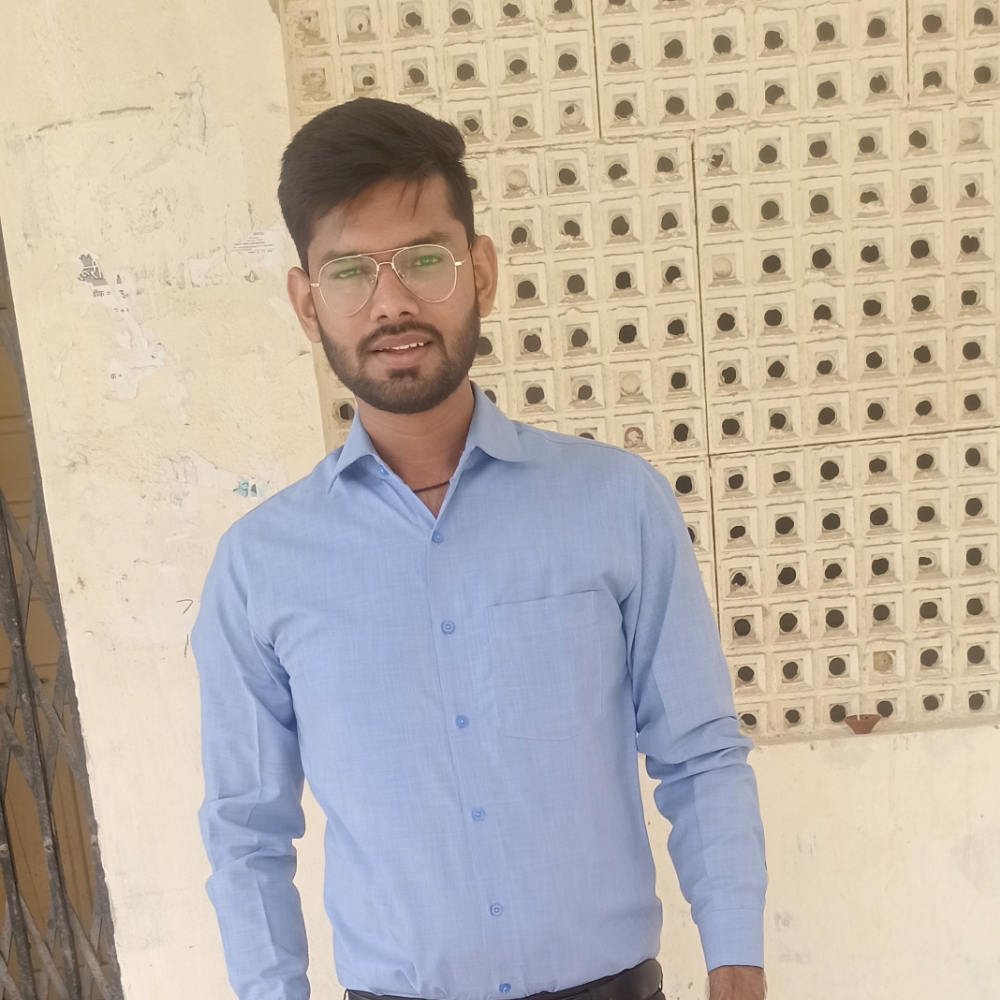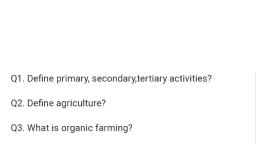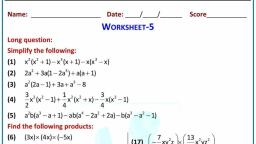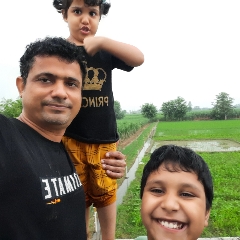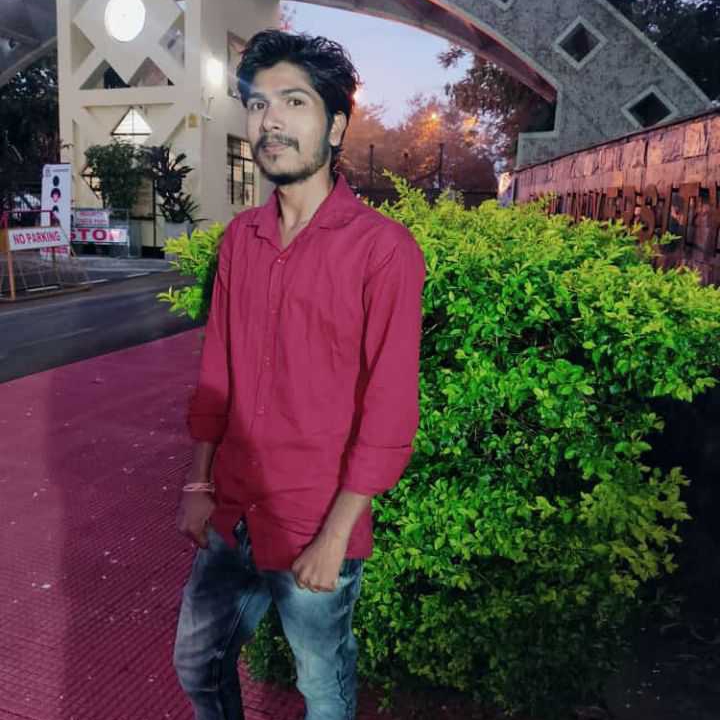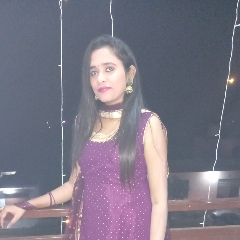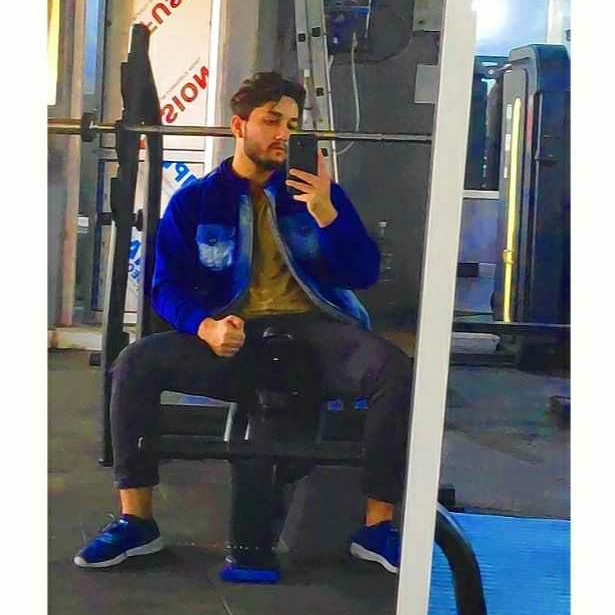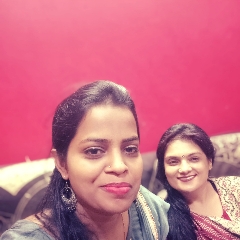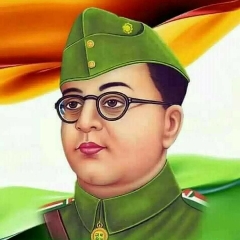Question 1 :
Egg laid after fertilisation is made up of a single cell.
Question 3 :
State the following statement True or False:-
In each hydra, there may be one or more bulges. These bulges are the developing new individuals and they are called buds.
Question 7 :
In human beings, the correct sequence of events during
reproduction is
Question 8 :
The life cycle of the frog consists: egg → ______ → adult
Question 12 :
Animals exhibiting external fertilisation produce a large number
of gametes. Pick the appropriate reason from the following.
Question 13 :
External fertilisation can occur both in water and on land. TRUE or FALSE?
Question 14 :
<img style='object-fit:contain' src='https://teachmint.storage.googleapis.com/question_assets/cbse_ncert/61b1d0a6f59b460d7261f32c.PNG' />
In the above image, what is A?
Question 17 :
The process of the fusion of the gametes is called ___________
Question 18 :
A tadpole develops into an adult frog by the process of___________
Question 21 :
In Fertilisation , the zygote divides repeatedly to give rise to a ball of cells and further develops into ________.
Question 22 :
The reproductive parts in animals produce gametes that fuse to form a ________.
Question 23 :
State the following statement True or False:-
The transformation of the larva into an adult through drastic changes is called metamorphosis.
Question 27 :
The stage of the embryo in which all the body parts can be identified is called a ______.
Question 32 :
The term used for bulges observed on the sides of the body of hydra is called _______
Question 37 :
Mother gives birth to a baby but the baby has characters of both parents. How is this possible?
Question 39 :
In adult human females, a single mature egg is released into an oviduct every month. TRUE or FALSE?
Question 40 :
The life cycle of the silkworm consists: egg → _______→ pupa → adult
Question 47 :
The embryo gets embedded in the wall of the ___________ for further development, in Fertilisation.
Question 48 :
State True or False for the following statement:-
Viviparous animals lay eggs.
Question 49 :
<img style='object-fit:contain' src='https://teachmint.storage.googleapis.com/question_assets/cbse_ncert/61b1d0a5f59b460d7261f32b.PNG' />
In the above image, What happens during this process and what is formed?
